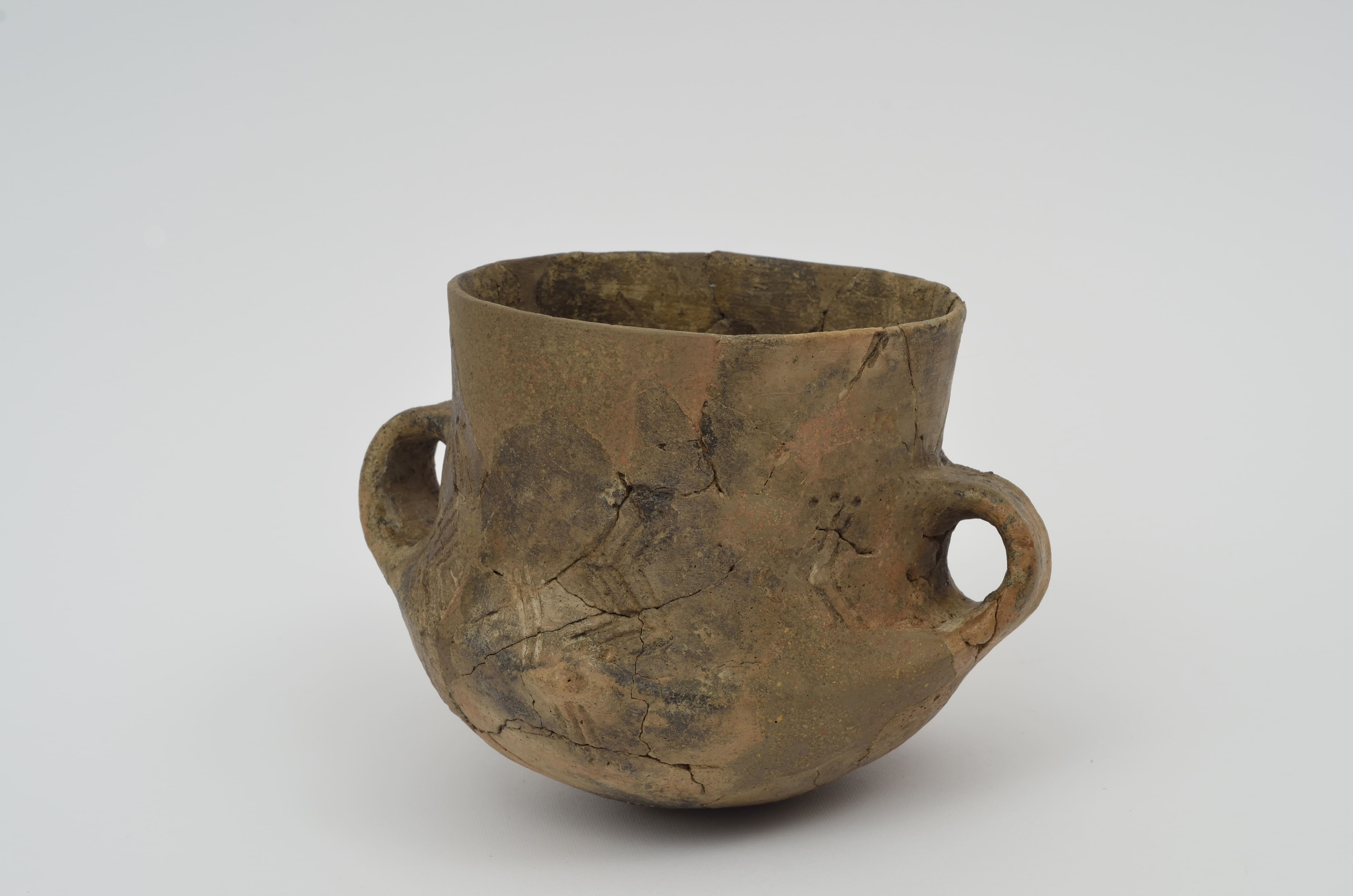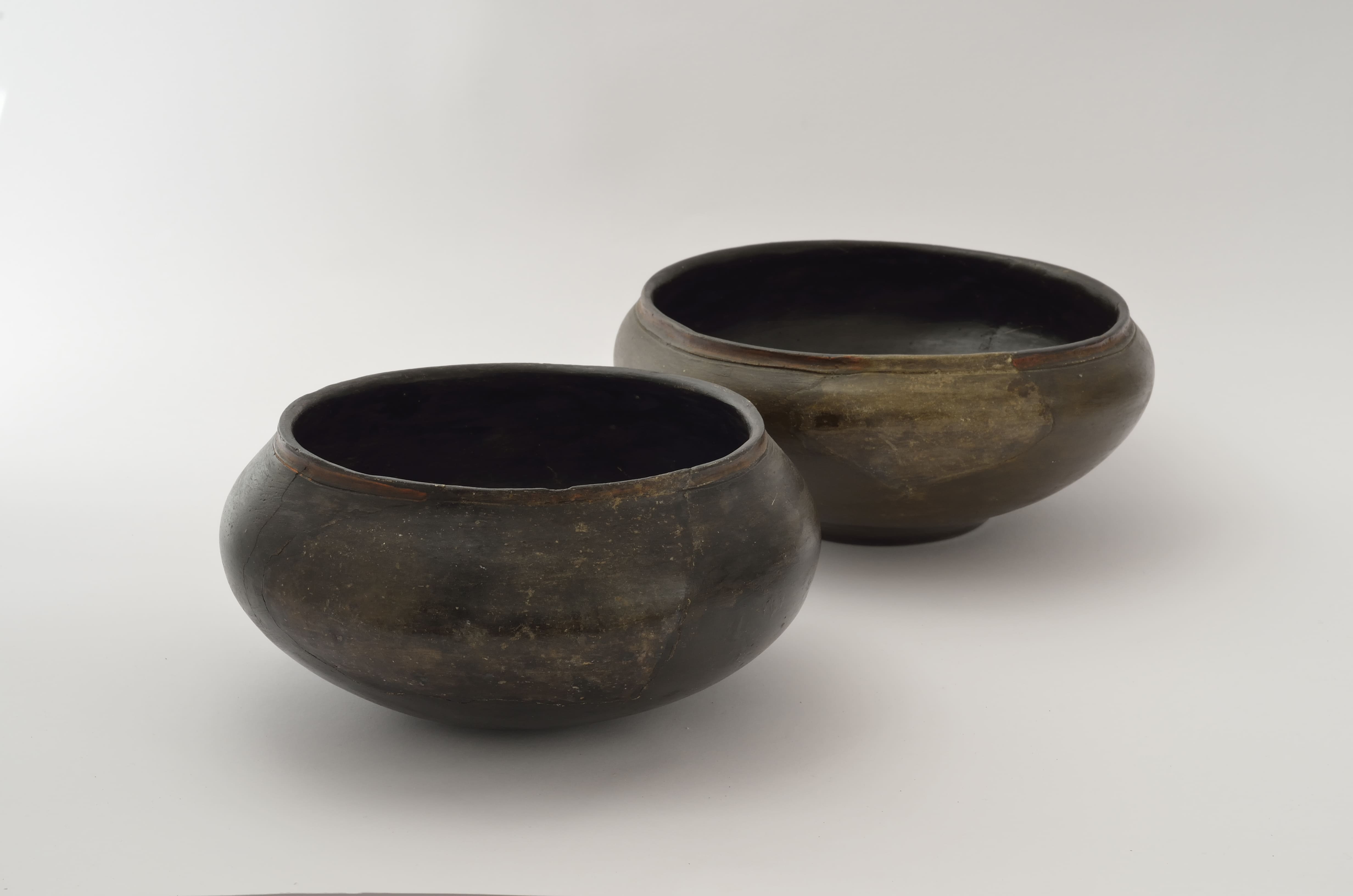
The sea throughout human history has often played the role of uniting rather than dividing peoples.
The exhibition “Adriatic without Borders” is an important opportunity to show the main acquisitions of decades of archaeological investigations in the Eastern Adriatic, but also the latest research carried out between Italy, Slovenia and Croatia. A moment of reflection on the cultural roots of our territory and the cultural and spiritual identity of the Eastern Adriatic.
- THE SPREAD OF AGRICULTURE IN 6000 BC
- THE EARLIEST CERAMICS
The model for neolithisation in this area seems to involve a first phase, which is rapid and pioneering and sees the arrival in the Adriatic of small Neolithic groups and their animals, and a second wave of slower colonisation, which reaches the central and northern regions of the Adriatic and results in the formation of true settlements.
The first Neolithic villages in the eastern Adriatic were established in Dalmatia after 6000 BC (Pokrovnik, Tinj, Smilčić, Vrbica, Crno Vrilo), in Istria around 5700 BC (Vižula, Kargadur) and lastly in Friuli in 5600 BC (Piancada and Sammardenchia).
- A NEW STYLE

- A MEETING OF PEOPLES
In 5600 BC numerous small villages appeared in Friuli, and the area saw periods of widespread frequentation by Neolithic populations. The forms and decorations of certain ceramic artefacts and elements of lithic industry indicate contact with both the eastern Adriatic and the Po Valley area, in particular with the Fiorano Culture. The situation was slightly different in the karst area of Trieste. Here there were many caves and rock shelters, which were used as temporary dwellings, perhaps as shelter for shepherds or to protect their flocks. Ceramic artefacts here are an impoverished form of the Danilo style from the eastern Adriatic, know as the “Vlaška Group” or “Vasi a Coppa”.
- TOWARDS SIMPLICITY
4900 BC saw another change in the style of pottery. This is known as the Hvar style and is a distinctive feature of the eastern Adriatic. The decorations are limited to bands of incised geometric motifs, which are sometimes painted, and the pottery became progressively less ornate. The Hvar style gets its name from the archaeological discoveries in the Grapčˇeva cave on the island of Hvar in central Dalmatia. However, results of carbon dating now suggest that the style may have originated in the heart of the Danilo territory. Vessels with these forms and decorations have also been found in the northeast of this area, even as far as Friuli Venezia Giulia.

- A COMMON CULTURAL ROOT
Sacred objects can be considered evidence of a communication system which is now lost to us. They are a reflection in the material culture of beliefs and ideologies and a non-verbal form of language. Whilst it is difficult to determine precisely what meaning these symbols had for the people that created them, their presence in the eastern Adriatic is proof of common cultural roots.

 IT
IT  DE
DE  FR
FR  FU
FU